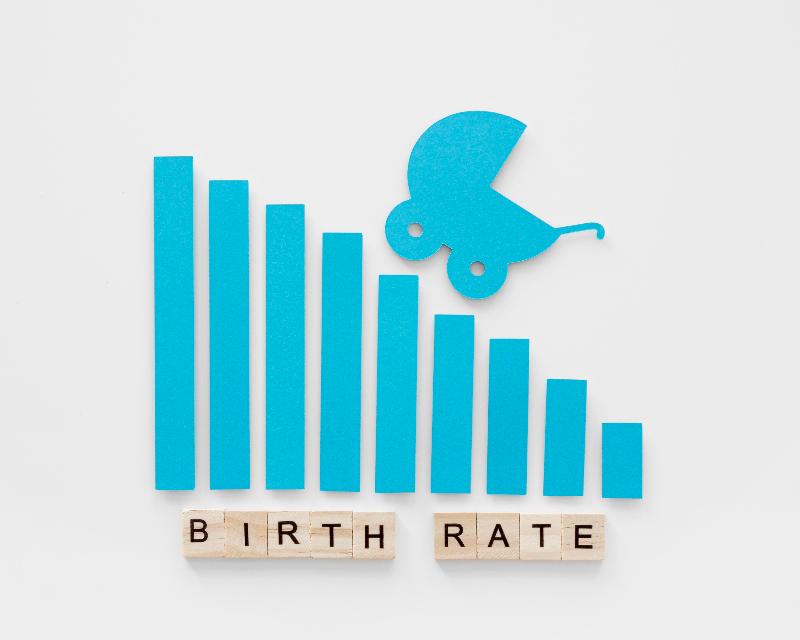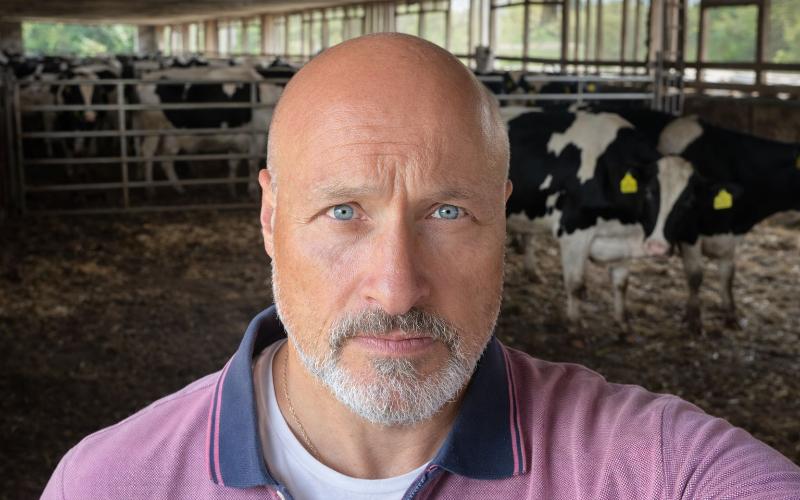China Boosts Birth Rate with Subsidies: A Turning Point for the Global Dairy Industry?
Sourse: en.edairynews.com
China's plummeting birth rate has led to innovative strategies among businesses, particularly in the dairy sector, which hopes to revitalize the market through population growth initiatives.

The dairy giant Feihe recently announced a groundbreaking policy to financially support employees who have children, joining other major Chinese companies like Trip.com and Dabeinong Technology Group offering incentives up to 100,000 yuan per child.
This move comes as China's birth rate fell to just 6.4 births per 1,000 people in 2023, the lowest since modern records began. Such corporate measures are aimed at tackling demographic decline in a rapidly aging society, highlighting a potential lifeline for the domestic dairy industry weighed down by surplus milk and falling prices.
Globally, nations such as South Korea, Japan, and Italy are encountering similar fertility challenges. For instance, South Korea noted a record low fertility rate of 0.78 children per woman in 2022, prompting companies like Booyoung Group to extend employees up to US$75,000 per child. These demographic pressures affect markets dependent on young consumers, including dairy.
China, the world's leading importer of dairy products, imported over 620,000 tons of milk powder in 2023 alone. A potential boost in birth rates could spur demand, although factors like plant-based dietary preferences, infant formula regulations, and strict certification processes may complicate international trade. To sustain competitiveness, dairy exporters are advised to concentrate on high-value products, enforce traceability and quality, develop age-inclusive products, and emphasize milk's health benefits. As Feihe and others spearhead these pro-natal initiatives, the global dairy industry awaits a potential transformation conditioned by strategic adaptability and innovation.
This move comes as China's birth rate fell to just 6.4 births per 1,000 people in 2023, the lowest since modern records began. Such corporate measures are aimed at tackling demographic decline in a rapidly aging society, highlighting a potential lifeline for the domestic dairy industry weighed down by surplus milk and falling prices.
Globally, nations such as South Korea, Japan, and Italy are encountering similar fertility challenges. For instance, South Korea noted a record low fertility rate of 0.78 children per woman in 2022, prompting companies like Booyoung Group to extend employees up to US$75,000 per child. These demographic pressures affect markets dependent on young consumers, including dairy.
China, the world's leading importer of dairy products, imported over 620,000 tons of milk powder in 2023 alone. A potential boost in birth rates could spur demand, although factors like plant-based dietary preferences, infant formula regulations, and strict certification processes may complicate international trade. To sustain competitiveness, dairy exporters are advised to concentrate on high-value products, enforce traceability and quality, develop age-inclusive products, and emphasize milk's health benefits. As Feihe and others spearhead these pro-natal initiatives, the global dairy industry awaits a potential transformation conditioned by strategic adaptability and innovation.
Key News of the Week












